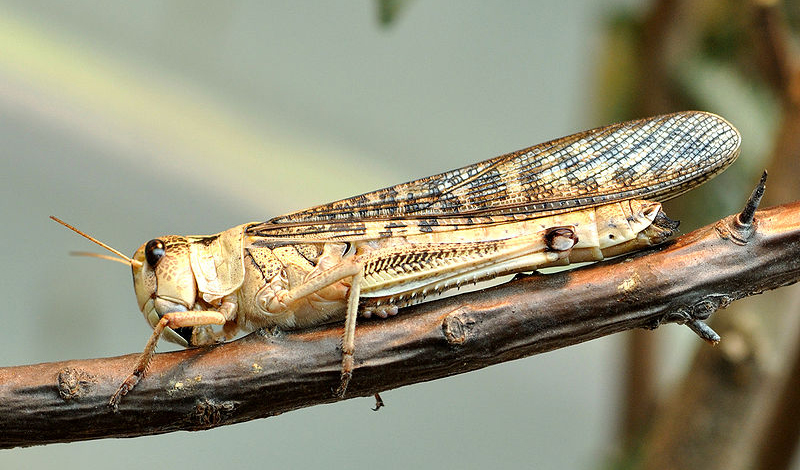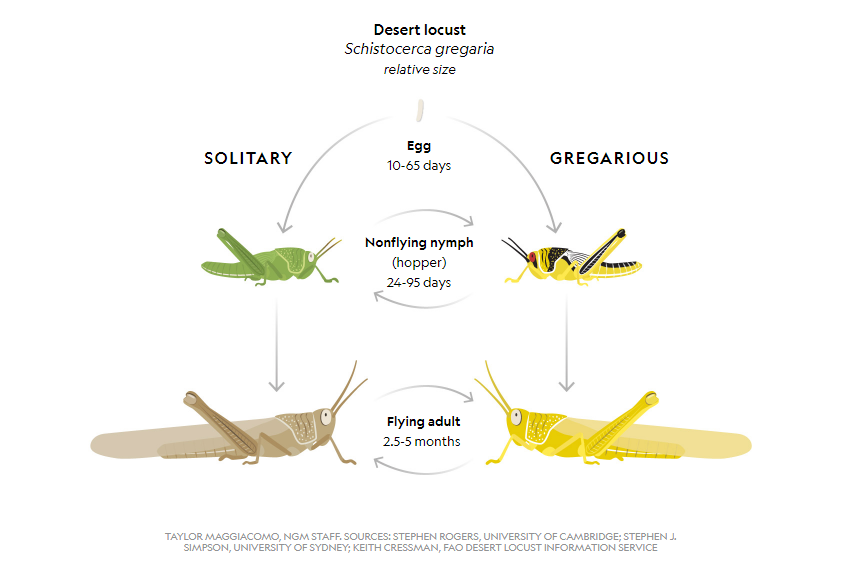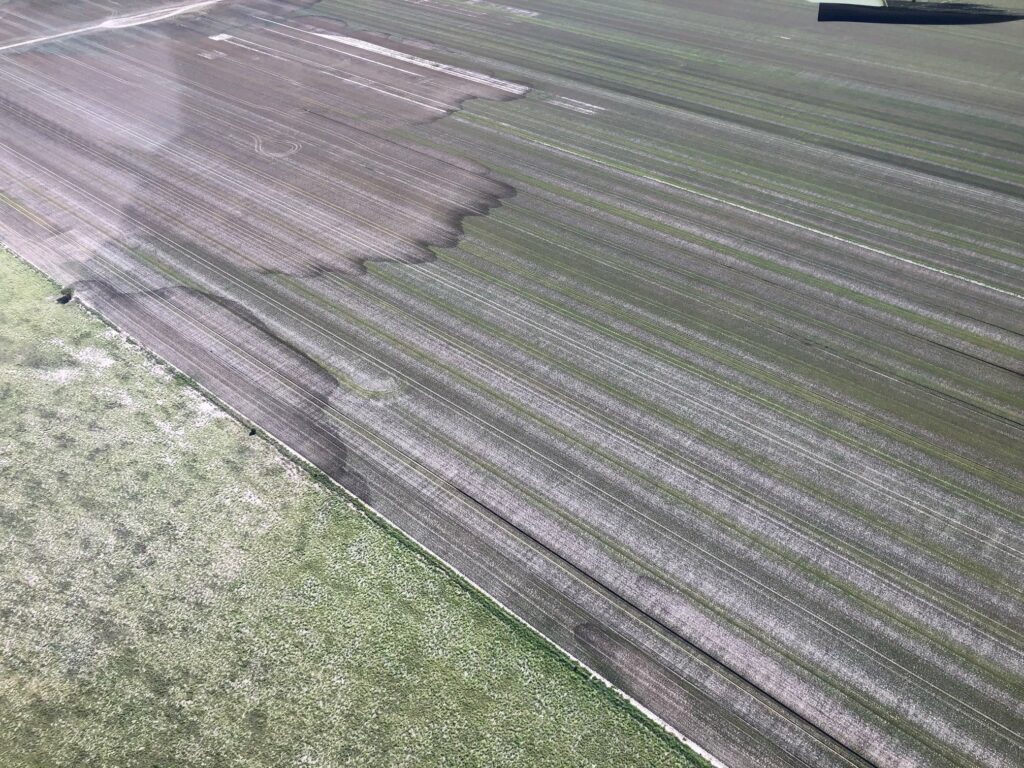The Australian Plague Locust

Today I want to talk about yet another pest, the dreaded locust.
Locusts are a herbivorous insect that have the potential to devastate huge areas of crop and vegetation within incredibly small time periods. Australia has three main native pest species of locust, including the Australian plague locust, the spur-throated locust, and the migratory locust.
For the sake of saving time, today we are focusing on the Australian plague locust (Chortoicetes terminifera). The Australian plague locust is by far the most common and threatening locust in Australia due to the sheer area they can cover as well as the frequency of outbreaks and their breeding potential. The locusts thrive after a high rainfall season, however, are inactive below 15⁰.

The Australian plague locust is incredibly widespread over mainland Australia, mainly found in a variety of grassland and open, wooded areas. Swarms of adults can move up to 20 kilometres in a day. They also have the potential to make long distance nocturnal migratory flights at heights up to 1000m. While it is much less common to find locusts in Tasmania and east of the Great Diving Range, the locusts can be transported by strong winds.
Adults of the Australian plague locusts can be distinguished from other species by the large dark spot on the very tip of their hindwings and scarlet coloured legs. Fully grown males will measure 25-30mm in length while their female counterparts are around 30-42mm long. On hatching, a locust emerges wingless as a nonflying nymph. There are 5 growth stages for the nymphs, known as instars. First instar nymphs are about 3mm long, varying in colour from pale brown to black. As they grow the wings will continue to develop for around 20-25 days.
Female adult locusts feeding on green vegetation can lay their first egg ‘pod’, 10-14 days after developing into an adult and can lay subsequent pods at intervals of 5-10 days in summer. Before laying, a female may excavate several test drill holes to assess soil conditions. Once a suitable location is found, a pod of between 30-60 eggs is laid and sealed over for protection. Throughout summer, egg pods are usually laid in areas with some grass cover. Temperatures between 13.5⁰ and 38⁰ are suitable for the growth of the eggs.

Thankfully, locusts rarely eat grains themselves, however pose a huge threat to crops and grasses. One of the biggest risks with the current growing locust numbers, is that come sowing time infestations will devastate emerging crops before they have a chance to properly initiate. Control organisations including Local Land Services, NSW Dept of Primary Industries and the Australian Plague Locust Commission are all aiming to reduce the outbreak at the nymph stage. The organisations all play a role in the monitoring and control of the pests, such as distributing the necessary chemicals for control as well as conducting aerial control. As landholders, you must report all infestations to Local Land Services, as well as prevent, eliminate and/or minimise the risk of locusts on their land by treating them with chemical agents. The most common control agents used are the chemical fenitrothion and the biological control agent Metarhizium known as Green Guard®.

Throughout late 2020, some higher densities of locust numbers were recorded in the Riverina of NSW, as well as Southwest and South-Central QLD. Numbers outside of these areas have remained low to moderate, however that doesn’t mean the risk isn’t there.
Well there we go, thanks for joining in on yet another blog!
Remember to be vigilant and know what to look out for.

Steve, The Silologist
https://www.agriculture.gov.au/pests-diseases-weeds/locusts/about/about_locusts
https://www.nationalgeographic.com/animals/invertebrates/group/locusts/

